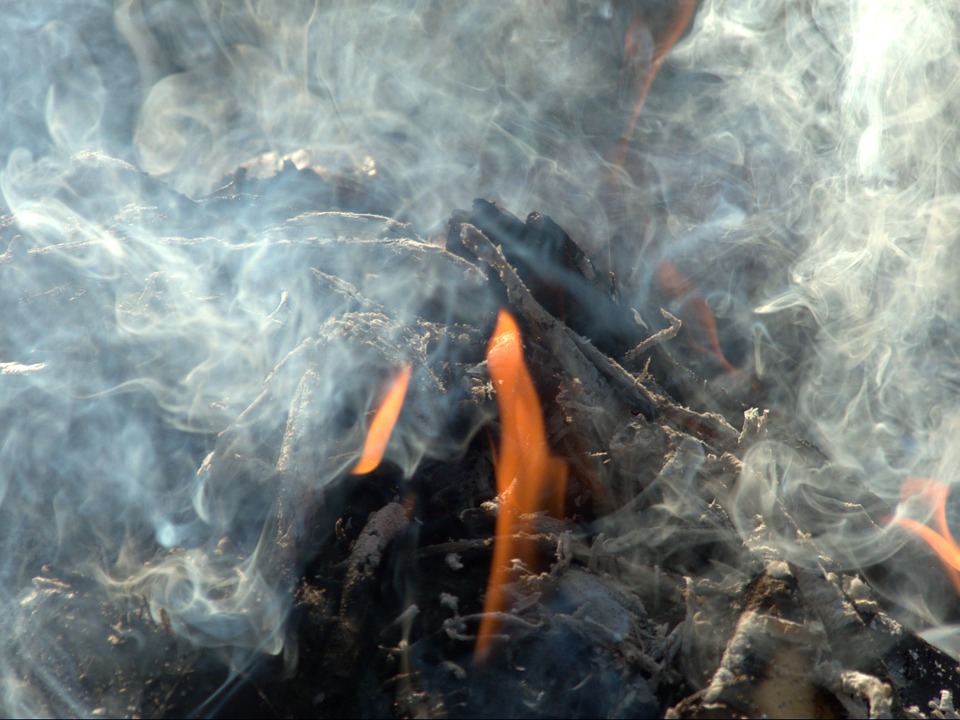Why Burning Waste and Rubbish is not the Answer to Clean Energy
 Since the 1880s, cities across the United States have been actively burning solid waste. Throughout nearly a century of burning waste and rubbish, the method was praised as an easy and convenient way to get rid of trash.
Since the 1880s, cities across the United States have been actively burning solid waste. Throughout nearly a century of burning waste and rubbish, the method was praised as an easy and convenient way to get rid of trash.
Today, burning waste is continually framed as an environmentally-friendly resource, using the heat from burning trash to produce steam to generate electricity. Across North America, there are a number of these waste-to-energy plants, which might seem like a brilliant way to get rid of one’s trash.
Since the 1980s, there has been growing opposition to the practice of burning waste, with some accusing these facilities of being major polluters. Recently, there has been movement towards co-incineration facilities which would burn waste alongside traditional fossil fuels for energy.
Multiple reports have been released in the past decade highlighting the unsustainability and misguidedness of burning waste and rubbish. Across 29 million tons of garbage that are burned every year in the United States, this comprises of 12 percent of the country’s total waste. At the same time, it only produces 0.4 percent of the US electricity annually.
There are several reasons why burning waste and rubbish is not the answer to clean energy. First and foremost, the act of burning away our waste might seem like a stress-free way to unload it however it comes consequences. A 2011 report tackling waste burning facilities in New York found that burning waste released up to 14 times more mercury, twice as much lead, and four times as much cadmium than coal plants do. Needless to say, it’s anything but clean, producing very dirty air pollution, with multiple facilities in the United States having already paid multi-million dollar fines for violating the US’ Clean Air Act.
The future of waste and recycling in Toronto, Ontario, Canada, and the continent needs to focus on limiting waste production and reusing the waste that is produced as best as we can. Currently, less than 35 percent of waste produced in North America is recycled. If localized recycling facilities can be implemented with a greater range of technology, more of our waste materials may be able to be put up for reuse and/or recycling. If companies designing products can move towards materials with higher recyclability ratings, that also has a role to play. Eliminating the types of plastic that are toxic and/or hard-to-recycle is a step that needs to be taken. Burning municipal solid waste cannot figure into how we process waste in North America for much longer.
Clean energy comes from environmentally sustainable practices and proper waste processing. As a Toronto waste management, junk removal, and recycling company, we know the value in moving towards an increasingly greener world. The economic benefits of this are sizeable, the ways in which these technologies can drive innovation is promising, and the incentives are notable.
In order to pursue more promising long-term eco-friendly incentives, waste incineration is a practice that will have to come to an end in the near future. Burning waste is not a healthy alternative to landfills, does not solve climate change in any way, and does more damage than good. As we look ahead to Toronto’s environmentally sustainable future, waste incineration is not something we want to encourage. There are better ways, no doubt.


